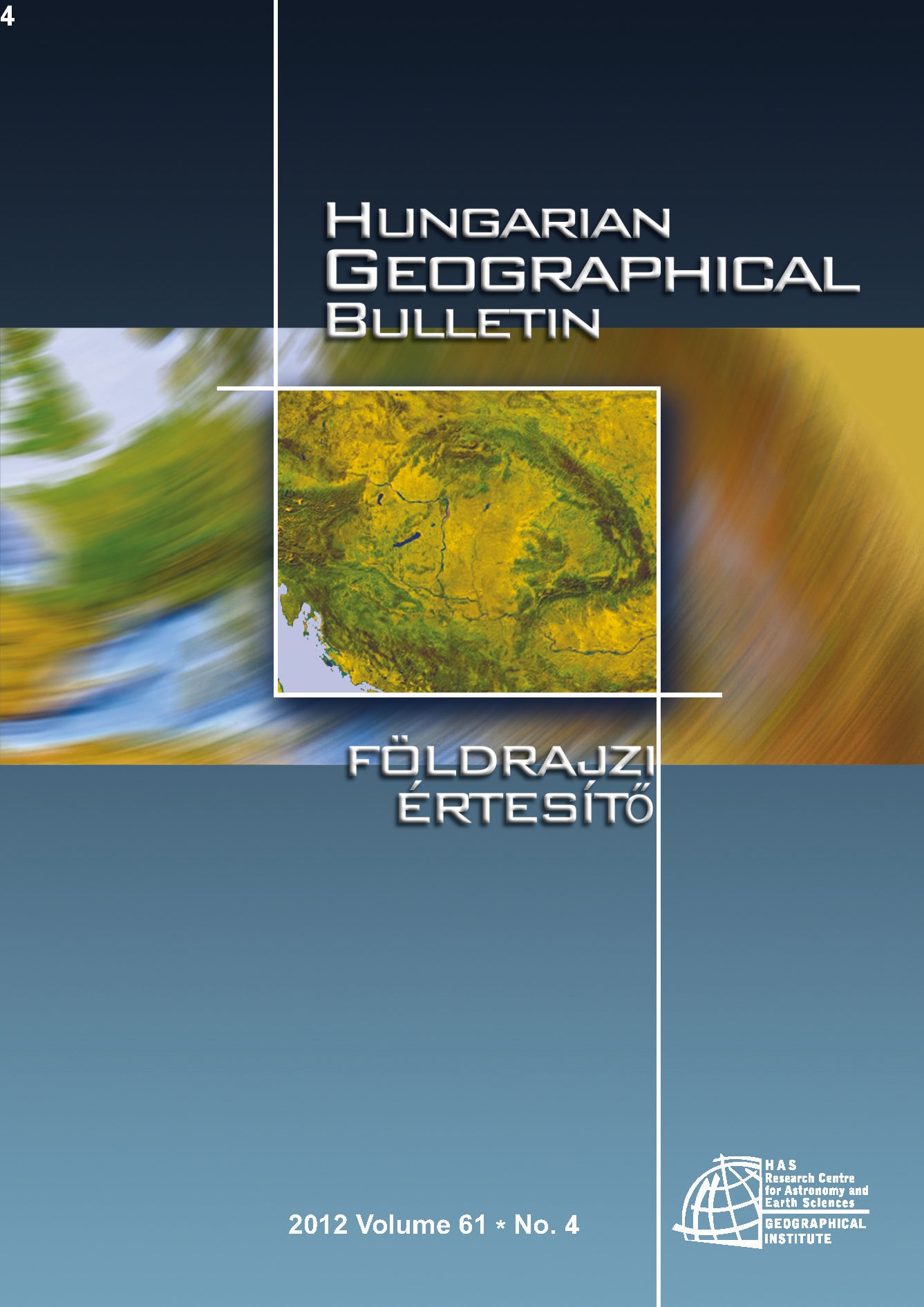Spatio-temporal distribution of dust storms - a global coverage using NASA TOMS aerosol measurements
Abstract
Wind-blown dust and dust storms play important role in several environmental processes of our planet. Geographical distributions and seasonality patterns of major dust source areas were analysed in this paper by using the daily aerosol measurements of NASA’s Total Ozone Mapping Spectrometer (TOMS) between 1979 and 2011. Spatial investigations of aerosol maps have confirmed that major source areas can be connected to specific geomorphological environments of distinct arid-semiarid regions with recent pluvial history. Largest dust activity can be observed in the topographical lows of Saharan and Arabian deserts, and in the intermountain, endorheic basins of Central Asia fed by fine-grained material from the
adjacent mountain belts. Dust emissions are associated to regional seasonal, meteorological conditions; with typically high dust activity in spring and summer.
Copyright (c) 2012 György Varga

This work is licensed under a Creative Commons Attribution-NonCommercial-NoDerivatives 4.0 International License.






